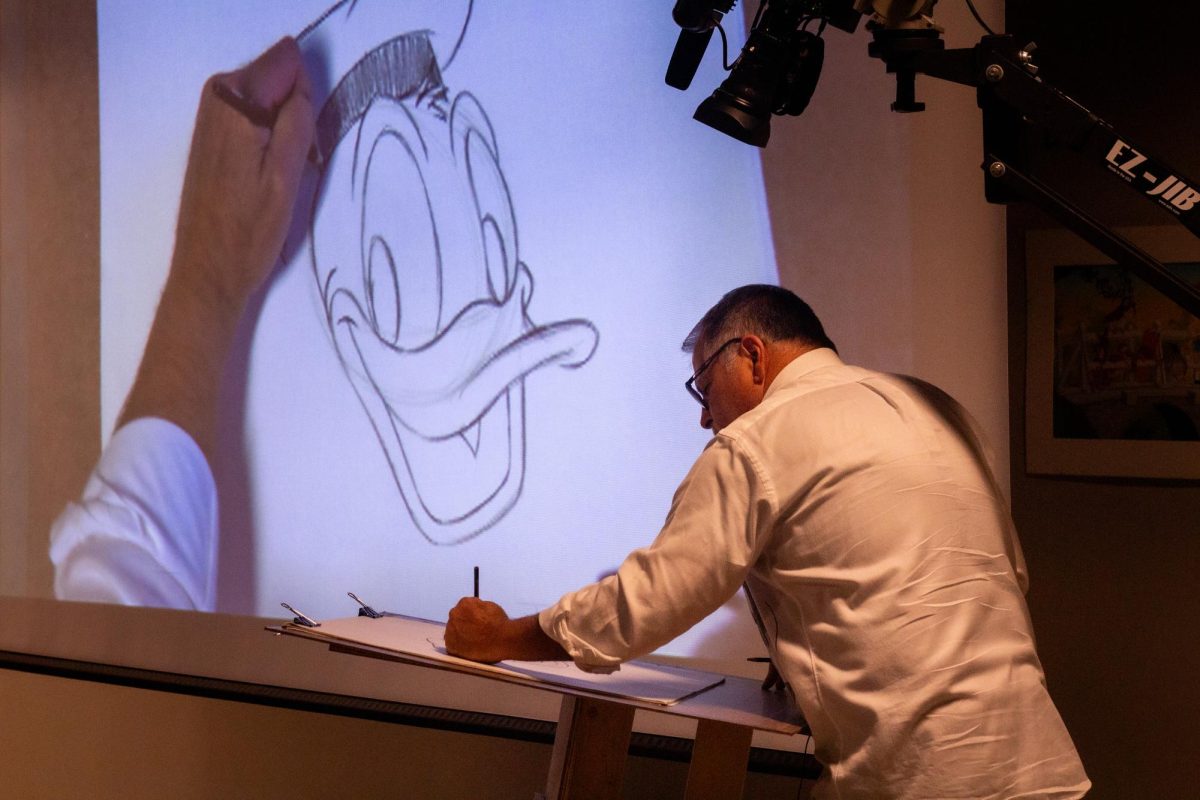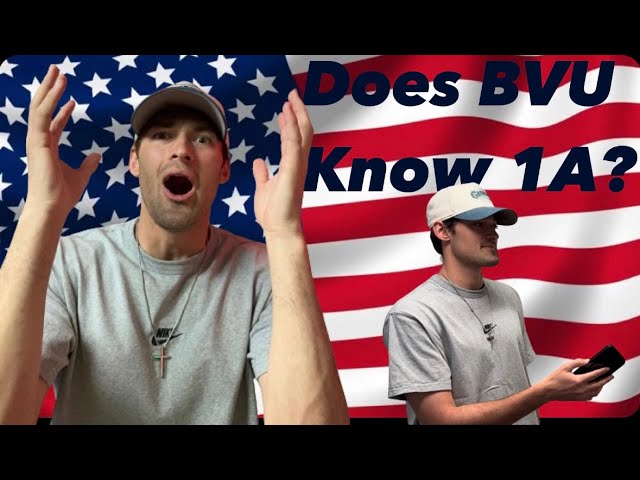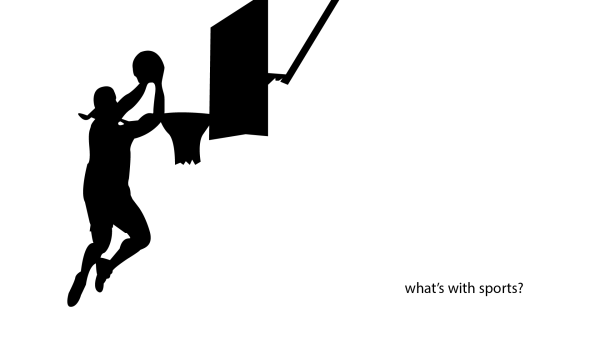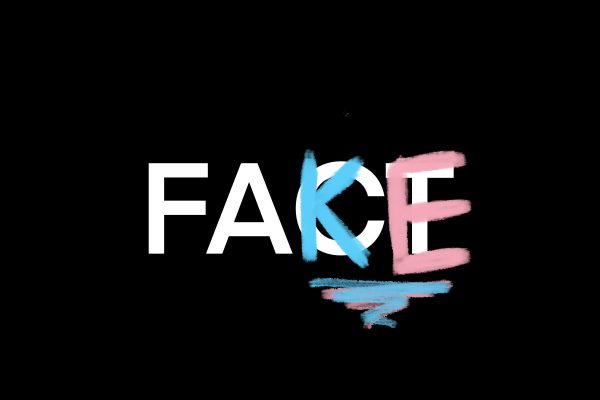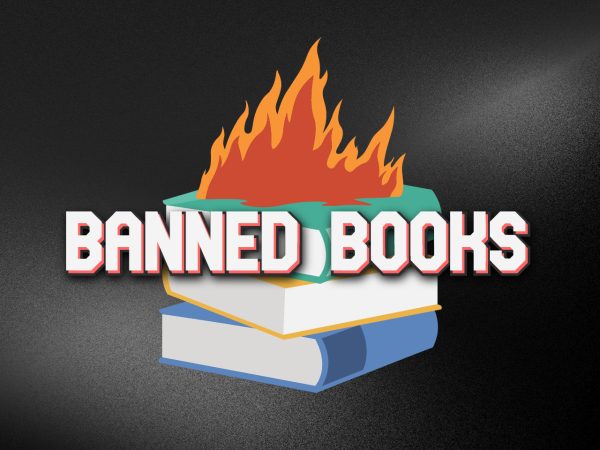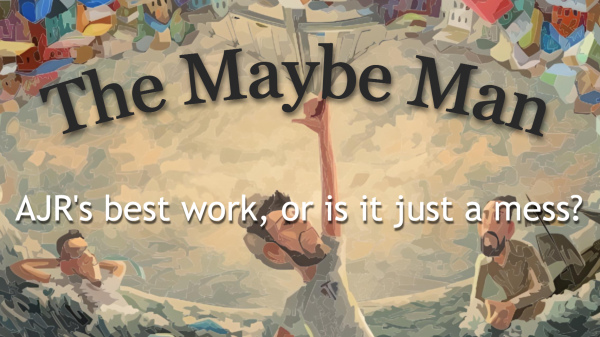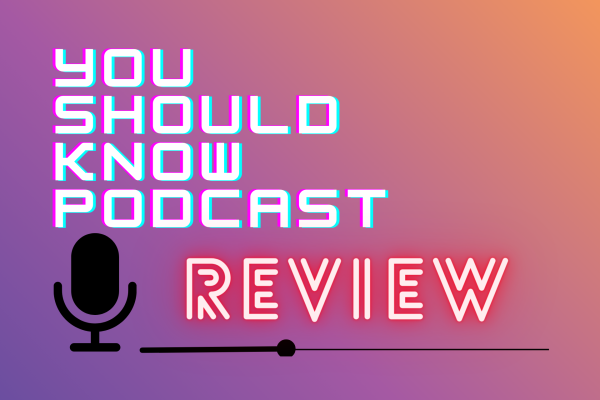Not an Absolute: Freedom of the Press on a Private Campus
December 3, 2018
The rights guaranteed in the first amendment are often considered the most important in protecting the freedom of personal expression in the United States, a long history of lawsuits, protests, and court decisions expanding and refining the extent of these protections. Many regard their first amendment rights as absolutes, fundamentally protecting their right to free expression.
It’s for this reason that many students of private schools are surprised to learn that as non-government entities, their institutions have no obligation to uphold the rights guaranteed by the first amendment. The situation is one that has led to frequent censorship of student expression on private campuses; however, a few protections of the first amendment expression do exist, and proper use of these methods can help private school students like those at Buena Vista University to exercise their first amendment rights safely.
The freedom of the press in particular experiences frequent censorship on private campuses, particularly when private school presses, such as the Tack at BVU, clash with the aims of public relations offices wishing to protect the image of the school. A 2018 Student Press Law Center article examined the frequent efforts by PR offices to “deceptively spin stories, masquerade as news, deny students access to sources, and infringe on student media’s editorial independence.” The article found that even private universities as prestigious as Harvard frequently experience PR clashes, presenting a 2013 special by Harvard’s student press The Crimson. The special explored the concerns of students and faculty that the Harvard Public Affairs and Communications office had “replaced openness with guardedness and a diverse dialogue with a homogenized message,” indicating efforts by the HPAC to limit the effectiveness of The Crimson in representing an alternate view.
Other administrations are more direct in their censorship. Another 2018 Student Press Law Center article examines how, following concerns about the student press censorship experiences at Taylor University in Upland, Indiana, private school student Cassidy Grom formed the Student Press Coalition, reaching out to 136 student newspapers at private Christian universities across the country. The survey found that 76 percent of respondents had “faced pressure from university personnel to change, edit or remove an article” following publication. Furthermore, while only 30 percent of respondents had directly experienced their newspaper advisors actively preventing an article’s publication, 70 percent of total respondents indicated that their institution’s policies allowed the practice; a further 20 percent indicated that their student publications exist “wholly or partially as university public relations.”
What do these examples of student press censorship have to do with BVU? Not much, at least directly. Jamii Claiborne, a professor of digital media with 18 years of experience in advising student presses, supports the evidence of private institution censorship discussed above, adding that, “I know there are institutions where the public relations office runs or sort of oversees the student newspaper, so you can imagine there’s not a lot of rub there, because then it’s just another arm of the institutional message.” However, Claiborne adds that while BVU is a private institution as well and under no obligation to uphold the first amendment rights, “The kind of institution we are means that we are often afforded those rights and protections even though we wouldn’t have to be.”
“We’re an educational institution and we’re trying to prepare citizens, and we’re trying to build knowledge, and we’re trying to have a free flow of ideas,” explains Claiborne. “It’s sort of counterintuitive to not allow free expression.”
However, Claiborne admits that while in her experience BVU does not engage in active censorship of the Tack, “they can censor, and they can prior restrain us if they wish to,” indicating that BVU policy in some ways walks a tightrope between freedom and censorship.
So, what can be done when it seems like no protections exist against the risk of censorship beyond the good graces of the administration? Fortunately, some protections can be found. A 2002 Student Press Law Center article advises that the policies, regulations, and rules of an institution, outlining the exchange of student tuition for education, create a “contractual relationship,” and that an administration acting in violation of its policies can form the basis for a legal case against the institution. In other words, if an institution’s policy specifies the student press’s freedom from administration censure or prior restraint, the student press would have a legal basis for defending itself against those acts. In cases where school policy is not in the press’s favor, public opinion can also be a method of defense. The College Media Association maintains a listing of schools and officials it censures for student press censorship, and frequently tweets the details of its censure to publicly shame the institutions into changing.
While BVU itself is an advocate of first amendment expression, it’s important to remember that as a private institution the administration has every legal right to change the current arrangement to better suit itself. As both an arm of student expression and representation and a first amendment right, it’s important for Tack members to guard the continued independence of the press. It’s equally important for all students to do so as well, as the Tack represents the primary source of critically analyzed student information about administration policies and efforts. The examples given above serve only to highlight the dangers of administration-controlled student presses that act as nothing more than an extension of the institutional message.





